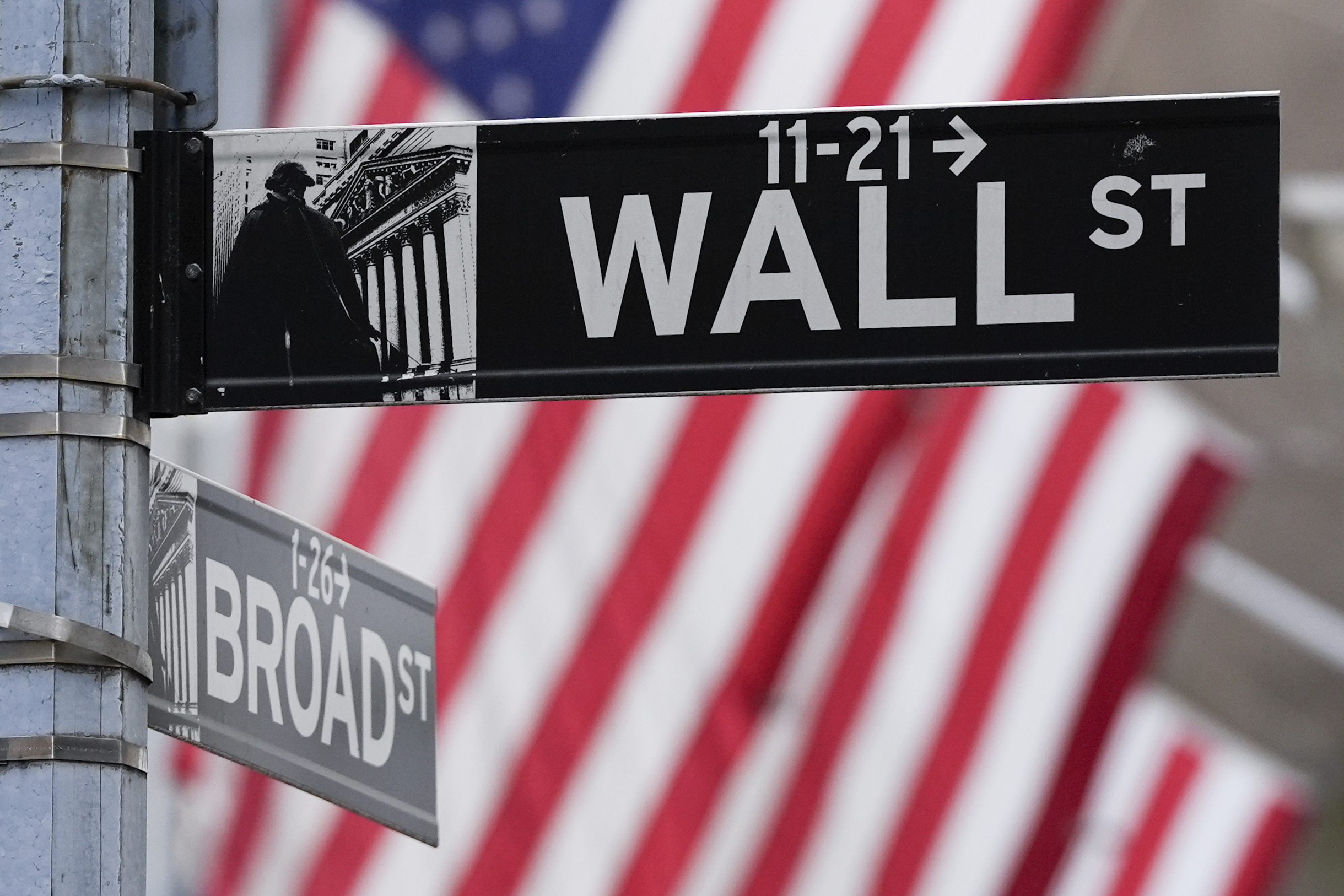Continuing the trend. Wall Street, the latest opening on this critical Friday for the markets, joins the global declines and has started the session with drops: the S&P 500 has started the session with a decrease of 3.01%, the Nasdaq with a drop of 3.32%, and the Dow Jones with a similar 2.66% decline.
Thus continues the slump from yesterday, the first day after Liberation Day. European markets experienced declines of 3.5%, which in the United States reached 3.9%, their biggest drop since 2020. At the close of the American session, there were losses of 4.48% for the S&P 500; 5.97% for the Nasdaq, and 3.98% for the Dow Jones. Among all the corporate declines, the ones from major tech companies like Apple, Nvidia, Tesla, and Alphabet stood out.
The high levels of volatility in the American market have their own indicator: the VIX, also known as the fear index. At the opening this Friday, it stands at 37 points, levels that imply high volatility in the markets. Investors are nervous, fearing the economic recession already anticipated by analysts, with Donald Trump and his tariffs as a key driver.
Ibex leads the declines in Europe
The Ibex35 has plummeted more than 6% in the mid-session of this Friday. The level of losses in the Spanish selective index thus reaches levels not seen since the Covid-19 pandemic; specifically, since March 17, 2020, days after the state of alarm was declared.
Within the Spanish index, banks are the most punished values in the mid-session: losses exceed 5% in all cases, and for Banco Sabadell, leading in losses, it surpasses 10%. This Friday, the chaos in the European stock market continues, with banking once again being the most affected sector, with reference entities like Deutsche Bank (Germany) or Unicredit (Italy) already in the red from the start of the day.
In fact, in the mid-session of this Friday, the Ibex 35 has been the index that, along with the FTSE MIB of Milan (another heavily bank-oriented index), has experienced the most significant losses due to the setbacks in banking values. In addition to Banco Sabadell, BBVA has plunged 7.85% in the mid-session; CaixaBank 7.5%; Banco Santander 7.35%; Unicaja 7.3%, and Bankinter has also reduced its value by 7.25%. Against an opening with losses of 0.83%, where some values resisted in the green, in the mid-session only Puig (+1.95%) survived. Minutes later, it joined the red numbers.
In Europe, the mid-session has exacerbated the declines in London (-1.6%); Paris (-1.65%); and Frankfurt (-2.1%). At the opening, European declines were 1.66% for Milan, the most penalized; 0.87% for Paris, 0.68% for London, and 0.63% for Frankfurt.
There have also been declines in the commodities market: in the mid-session, the price of a barrel of Brent crude oil was at 67.6 dollars, a 3.6% decrease, while Texas crude fell by 3.85%, to 64.38 dollars. In the currency market, the euro's exchange rate has risen to 1.0977 dollars, while in the bond market, the yield on the 10-year bond climbed to 3.228%.
"We reiterate that tariffs harm global trade, generate inflation, and deteriorate confidence and investor sentiment," explain from Bankinter. "This explains the correction in the stock markets and the demand for safe-haven assets like gold, which is nearing historical highs (3,113 dollars). In this environment, it is difficult for the market to recover unless there is an improvement in news flow on the trade front, something that seems challenging."
In Asia, the session has ended critically, deepening the cuts from yesterday. On one hand, the Hang Seng, a key index in the Chinese market, closed the session with a 1.52% decline. On the other hand, the main index of the Tokyo Stock Exchange, the Nikkei, closed with a 2.75% drop. Meanwhile, the Topix (also Japanese, representing the largest capitalized firms) fell more sharply, by 3.37%.
One sector has been particularly affected, repeating yesterday's trend: the automotive sector. In Japan, Toyota and Honda fell by around 4.41% and 5.45%, respectively, and Nissan by 5.51%.
